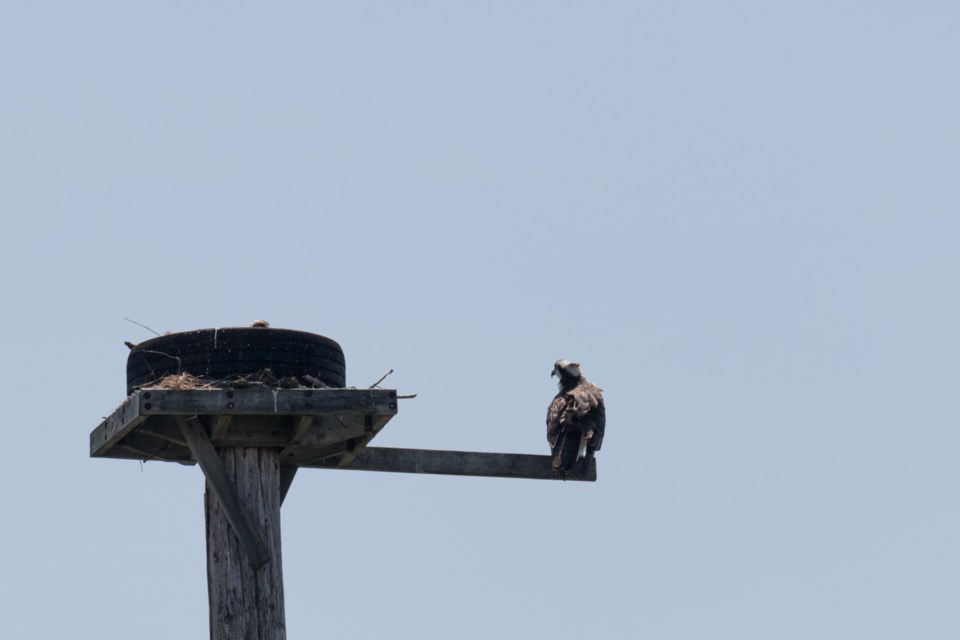Through conservation and an agreement between the Algoma District School Board with Ducks Unlimited Canada and the provincial government in the early nineties the public was gifted a protected wetlands.
The Kensington Complex — a 222-acre parcel of Provincially Significant Wetland located in Johnson Twp., just off the Trans Canada Hwy — is one of about eight known in the district of Sault Ste. Marie. It is part of an area designated as a Living Legacy Heritage Site by the Ontario Government.
Originally it was evaluated in 1992 and re-evaluated in 2003 by Ducks Unlimited Canada.
These coastal wetlands provide habitat for provincially significant and rare species of both flora and fauna. In addition to providing an important staging area for birds that follow the Mississippi flyway the area provides breeding, nesting and rearing habitat for waterfowl. There are approximately 186 species of waterfowl, colonial waterbirds, shorebirds, passerines and raptors that inhabit this area, as residents or as temporary inhabitants. It is also an important staging and migration corridor for ducks — dabbling and diving — and geese of all kinds.
An Osprey (Pandion Haliaetus) platform was installed in 1995 as part of a joint effort between Central Algoma Secondary School and Great Lakes Power. It was placed to encourage nesting after the Osprey population in the 1960s declined due to the widespread use of the pesticide DDT. Effects of DDT were seen in birds at the top of the food chain before they became evident in recording human health. The shell walls of the eggs became thinned and brittle thus cracking under the weight of the female. Thankfully, Osprey populations have since rebounded.
As outlined in the 2005 project proposal provided by Lynette Mader of Ducks Unlimited Canada "The site, directly alongside the Trans-Canada Highway will encourage travelers and tourists to stop and will provide an outdoor classroom for students of the Algoma District School Board."
Wetlands provide great educational material and make great outdoor classrooms. They are great places to learn about the natural environment. Those students can monitor water quality, study wetland functions and learn how to identify plants and wildlife within them.
In addition to the benefits already outlined these wetlands provide habitat for wildlife, contribute to consistent and clean water supplies, act as sponges that absorb and release water slowly helping to moderate the impacts of floods and droughts, are natures water filters that remove natural impurities, provide food and refuge to fish populations and are home to hundreds of species of wildlife including many endangered species.
While we wait out the social distancing of the COVID-19 pandemic, are homeschooling our children, or just enjoy nature or birding why not take time out to make some observations in this wetland. Please remember these lands are ours to respect and protect. Make wise choices when accessing them and if you are in a position to, consider giving back. We can all make a difference for tomorrow.
